What's discussed in this post
What is cohesion and why is it important?
When reader expectation is not met, the narrative may read awkwardly, causing the reader’s concentration to break briefly or the reader to backtrack to glean meaning out of what they just read. This disrupts the reader’s immersion and gives them the opportunity to put down your book! No one wants that. This guide explains how to meet reader expectation at the paragraph level with the known-new contract, so you can revise your writing for cohesion with confidence. What is the known-new contract and how does it apply to paragraphs?As explained in my post, “How to meet reader expectation at the sentence level,” the known-new contract is how the reader learns new information: by connecting it to what they already know. If you struggle with meeting the known-new contract, your sentences may provide only new information consecutively, creating a choppy, disconnected flow. At the paragraph level, the known-new contract begins with the opening sentence. Reader expectation is set in that first sentence because it tells the reader what is coming. Essentially, the first sentence of every paragraph acts as a topic sentence, and the sentences that follow act like subtopics or supporting details.
The 3 paragraph patternsThere are 3 paragraph patterns that every writer should be aware of:
The repeated topic paragraph patternAs inferred in the name of the pattern, the repeated topic paragraph pattern takes full advantage of repetition as a cohesive tool. The topic presented in the first sentence becomes the known information for the full paragraph, and this known information regularly remains in the subject position, although the phrasing of the subject may change to synonyms, related words, or pronouns to create variety. This paragraph pattern works for:
Examples
Here, LaCour introduces the topic of “a speech” that the narrator has prepared, and then uses the repeated pronoun “It” to refer back to the topic, the speech, while adding supporting detail to create depth to the speech without us having to hear it all. The pronoun “it” doesn’t have any other meaning until the direct speech quote. Not only is it a prime example of the repeated topic paragraph pattern, but it’s also a great example of balancing showing and telling with description. (If you want to study description, I highly recommend Everything Leads to You!)
Like LaCour, Barrow uses a repeated pronoun and its antecedent to move the reader through this paragraph. Unlike the LaCour example, the topic of this paragraph—Hannah’s relationship to smoking—is not stated outright, but it is no less clear through her lighting the cigarette and the act of smoking instantly soothing her. Barrow then uses not only a repeated pronoun and its antecedent (Hannah, she, her) but also related words (cigarette, click-hiss-exhale, the thing, a big smoker, something, that, the smoking, it, a way not to drink). The known-new paragraph patternThe known-new pattern allows the topic of the sentence to progressively change throughout the paragraph by using the new information in one sentence as the known information in the next. So, the information in the predicate becomes the subject of the next sentence, and each sentence after the topic sentence acts either as a subtopic of the first sentence, or a supporting detail of the sentence directly before it. This type of paragraph pattern works for:
Examples Here, Hahn uses the known-new contract to introduce a new character to this scene. The predicate of the first sentence, even as my phone buzzes with a text, sets up the introduction and leaves the reader asking Who? The question is answered immediately as the subject of the next sentence: Micah. We then find out what Micah’s doing, what his motivations are, and why. This is a short paragraph of 2 sentences and therefore highlights cohesion at the sentence level as well as paragraph level. Barrow uses the known-new contract to introduce multiple characters to the narrator’s life: he sees the band, and we find out who is in the band. The information paragraph patternIn the information pattern, each sentence after the first sentence is a supporting detail of the topic. The supporting details act as subtopics, and they are all known information because they are in the same domain as the topic sentence. They are information that a reader expects as relevant. This works for:
Examples See? I told you that you should read Everything Leads to You if you want to study description! LaCour uses the information pattern here to describe a character’s house. Each subject in the independent clauses that follow I pull up in front of her house is a subtopic: the shutters in the front windows, junk mail, a few small pots. Even though it’s all new information, it’s what the reader would expect to learn about a house, and therefore it acts as known information to them.
Here, Hahn uses the information pattern for an introspective paragraph. The topic is the narrator wondering if he’s ruined her for anyone else and how effed up that is (Hahn uses a fragment here for dramatic effect, but the first two sentences are one idea). Each subject of the subsequent sentences act as subtopics staying in the domain of her explaining why that thought is effed up. Quick tips
Further study
0 Comments
What's discussed in this post
What is cohesion and why is it important?
When reader expectation is not met, the narrative may read awkwardly, causing the reader’s concentration to break briefly or the reader to backtrack to glean meaning out of what they just read. This disrupts the reader’s immersion and gives them the opportunity to put down your book! This guide explains how to meet reader expectation at the sentence level with the known-new contract, repetition, and parallelism, so you can revise your sentences for cohesion with confidence. The known-new contractOut of the 3 techniques used to create cohesion, the known-new contract is the most important because it’s how the reader learns new information: by connecting it to what they already know. If you struggle with meeting the known-new contract, your sentences may provide new information consecutively, creating a choppy, disconnected flow. To understand this concept, we need to go over how sentences present information:
Starting with a simpler concept of what the reader already knows de-emphasizes it and allows the reader to focus and understand the new information. The new information should be presented in the predicate, where the natural emphasis is, because it allows the reader to retain more complex information and carry it onto the next sentence.
This sentence couplet comes in the scene right after the protagonist, Icelyn’s pet mini-dragon (Ember) had gone missing, sending Icelyn into a depressed panic. Since the reader would already have that in the foreground of their mind, Clemens begins the sentence with Ember finding her way home yesterday and ends with how Icelyn feels today about it, was such a relief it made today feel brighter, which is new information to the reader. In this case, the known-new contract also has a cause-effect structure. Clemens uses cause-effect to connect the first sentence to the second. The effect of Icelyn Humming a winter tune isn’t new information because it is caused by and exemplifies Icelyn’s relief making the day feel brighter, and those emotions are pulled through and motivate Icelyn’s actions in the rest of the sentence. RepetitionThis may seem like a promotion for redundancy, but there’s a major difference between redundancy created through repetition and repetition as lexical cohesion. When repetition is used as a cohesive tool, it acts as a link between sentences. It’s the known in the known-new contract, allowing the reader to focus on the new information, the purpose of the sentence. Repetition only becomes redundant when it has no purpose. Additionally, as stated above, lexical cohesion isn’t only the repetition of words and phrases; it includes the use of synonyms and related words, such as pronouns. Using pronouns is one of the easiest ways to create lexical cohesion because the subject or direct object of one sentence can be the subject of the next, yet they still add variety. Here’s an example of lexical cohesion using pronouns from my work-in-progress, Girls to the Front: We set down the desk in the main room, and I greet Nana. She sits in her usual house dress on the living room couch, watching Murder, She Wrote reruns. The direct object of the sentence I greet Nana sets the reader’s expectation to see Nana in the next sentence. Since Nana is in the foreground of the reader’s consciousness, the use of the pronoun she links two sentences together naturally, and the reader’s expectations are met. A more advanced way to create lexical cohesion is to use a scheme of repetition. A scheme is a structure used to convey meaning. Schemes of repetition include isocolon, anaphora, alliteration, assonance, epistrophe, epanalepsis, anadiplosis, antimetabole, and polyptoton. (I’m going to talk about these in a future post. Stay tuned!) ParallelismParallelism becomes a cohesive device when it’s used to connect sentences and paragraphs by creating an echo structure across them. When you echo a structure from one sentence to another (or one paragraph to another), you remind the reader what should be in the foreground of their mind. This adds intensity and drama. Here’s an example from Girls to the Front: Over the last few years, the church transformed the old school gym into an all-in-one kids entertainment center, with a set of trampolines, a video game setup, and an enclosed, padded play area (for the littlest kids) on the left; and an obstacle course made of ropes, beams, and climbing structures on the right. Here, I use parallel structures to concisely describe a setting. A set of trampolines, a video game setup, and an enclosed, padded area (for the littlest kids) and an obstacle course made of ropes, beams, and climbing structures both consist of three parallel noun phrases. The parallel prepositional phrases on the left and on the right connect the two descriptions to create one image. Finally, parallelism can also be used in the scheme antithesis, which is a comparison of contrasting ideas. An example of parallelism used in antithesis is Neil Armstrong’s famous “That’s one small step for man, one giant leap for mankind.” Quick tipsHere are some quick tips based on what we’ve learned in this post:
Further studyStyle and Statement by Edward P.J. Corbett and Robert J. Connors
Rhetorical Grammar: Grammatical Choices, Rhetorical Effects by Martha Kolln and Loretta Gray Style: Lessons in Clarity and Grace by Joseph M. Williams and Joseph Bizup |
AuthorSarah Hawkins is a geek for the written word. She's an author and freelance editor who seeks to promote and uplift the authors around her. Categories
All
Archives
December 2023
|
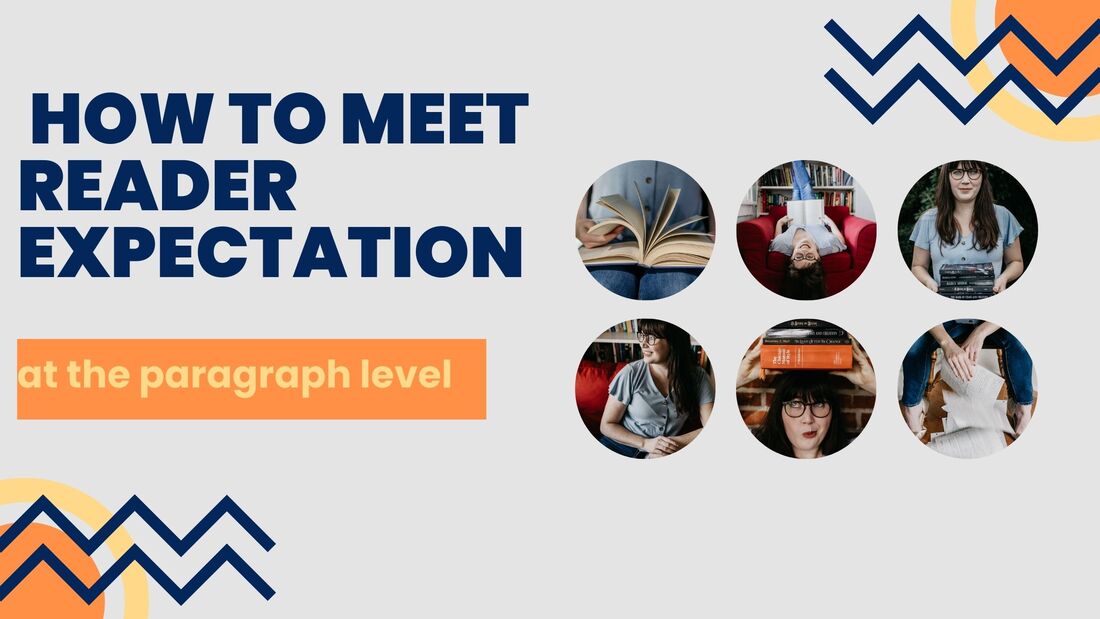
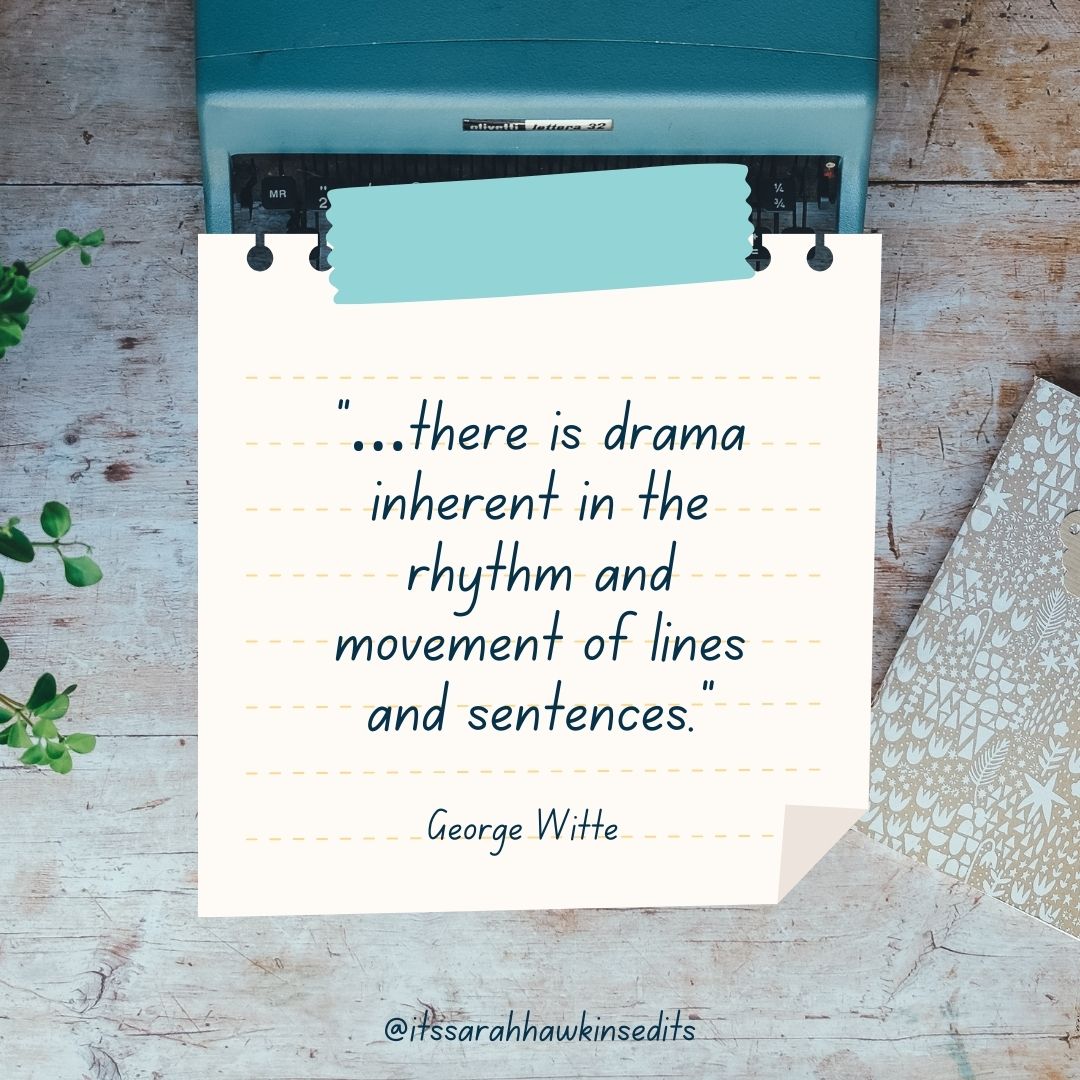

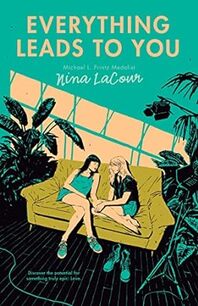


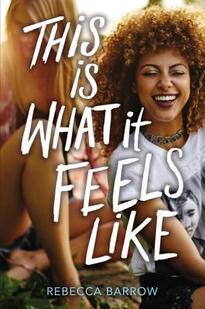




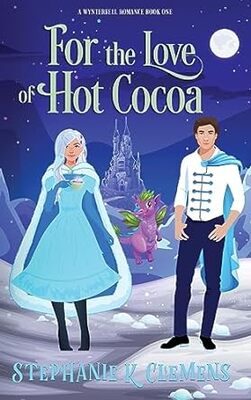
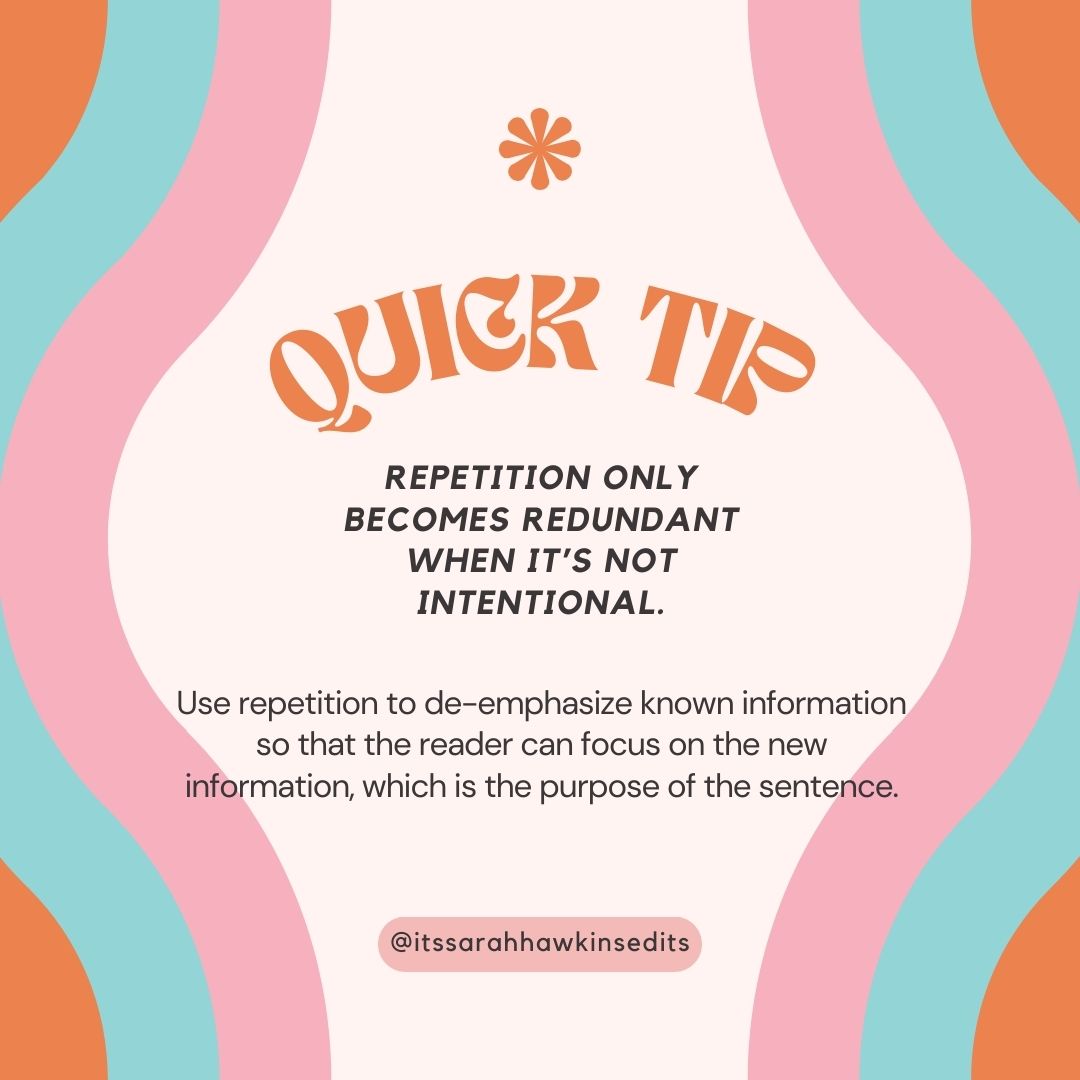

 RSS Feed
RSS Feed
